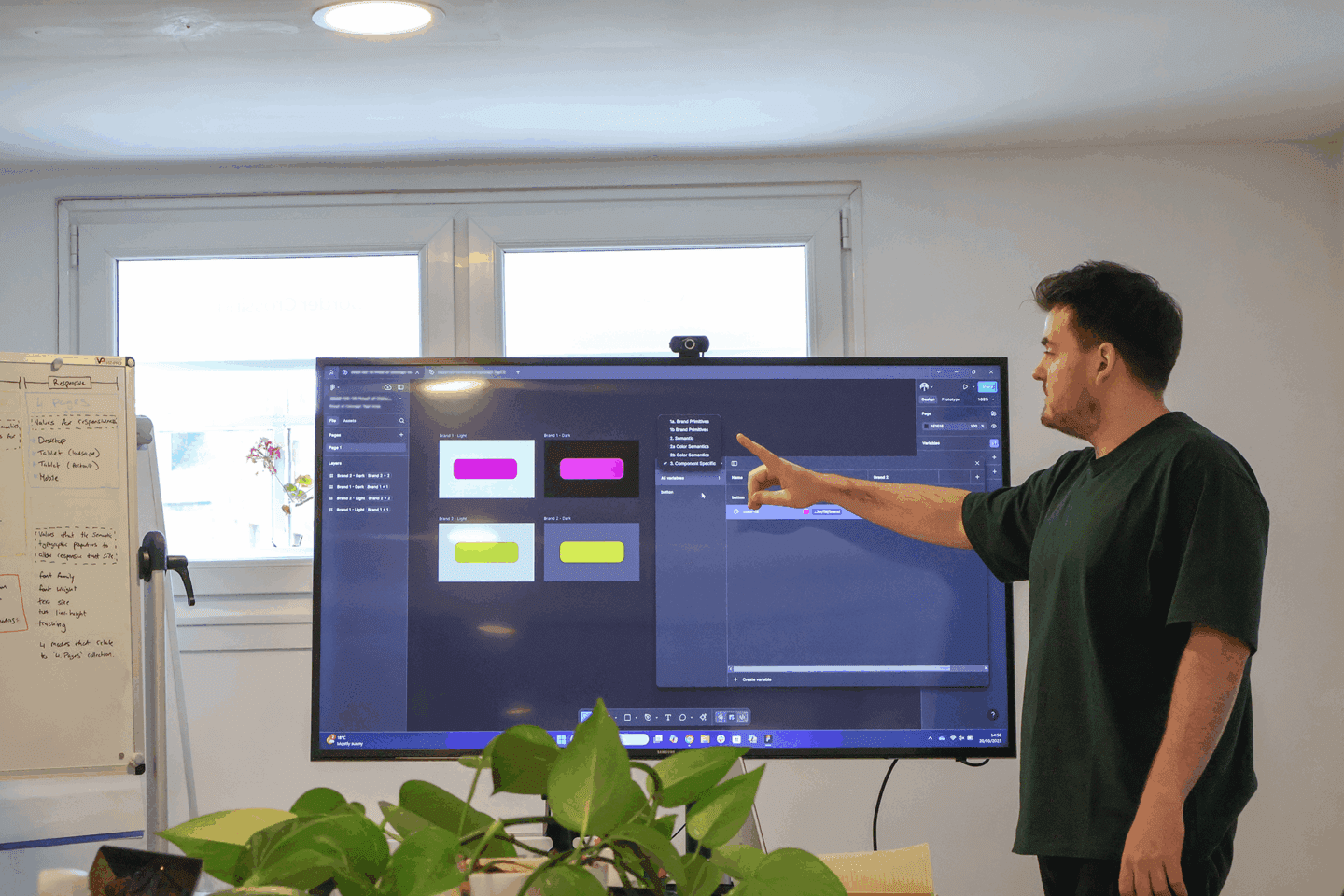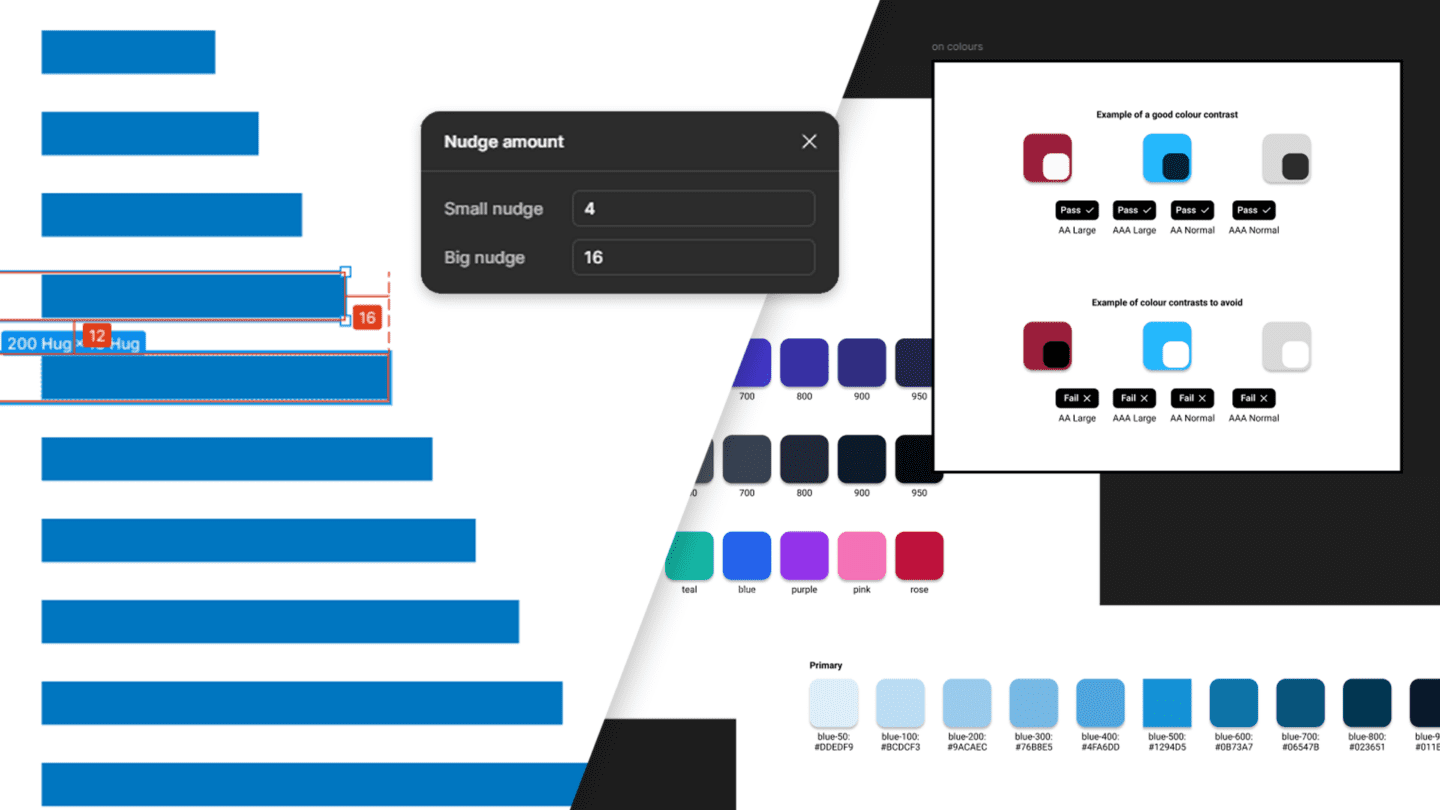Here’s our round up of the useful UX Design resources we’ve come across recently.
The right design at the right time (Google Ventures)
“Many of the successful yet “poorly designed” companies used as examples — e.g. Craigslist, or Google circa 2004 — chose not to focus on making beautiful products. They focused their design efforts elsewhere, in areas that were critical to their business. They were doing the right design at the right time.”
Test Paper Prototypes to Save Time and Money: The Mozilla Case Study (Nielsen Norman Group)
“Low-fidelity user testing of several iterations of Mozilla’s Support website quickly showed which user-interface elements worked best for Firefox users.”
UX in the era of the Internet of Things (Thought Works)
“The Internet of Things is accelerating rapidly, and bringing with it a wealth of opportunity. Though many focus on the data and technology needs of the Internet of Things – the sensors, data, and the storage, security, and analysis of that data – we’re already forgetting to think about the humans interacting with those technologies. We forget them at our own hazard. With a few exceptions, the IoT will really be the IoT(&P), with “people” crucially closing the loop, and if we wish for the IoT to succeed – the “things” part, the “tech” part, the “data” part – we have to pay attention to the people interacting with those parts as well.”
Presumptive Design: Design Research Through the Looking Glass (UX Matters)
“Presumptive Design (PrD) is a method that reduces the risk of inventing the future. In brief, it is a design-led process that depends on crafting an artifact you offer to external stakeholders to capture their reactions. In this article, we’ll detail key elements of PrD’s nuance and power.”
Designing for Google Cardboard (Google)
“Designing great user experiences in virtual reality is considerably different than designing for traditional 2D form factors. The best practices in this spec are based on evaluations of early virtual reality applications and prototypes created by the Google Cardboard design team. Informed by fundamental aspects of human perception and cognition, they will help you design applications for virtual reality on any platform. As the design team continues to explore this domain, this guide will become a comprehensive resource to designing for virtual reality. This is an exciting era for interactive, visual, and motion graphics designers.”
4 iOS Rules to Break (Nielsen Norman Group)
Page control (dots), Submit at top, and the Plus (+) and Move icons are 4 common iOS patterns that cause usability problems in testing.
Get our link roundups delivered straight to your inbox
Sign-up for our email newsletter and get all our posts by email as soon as they’re published.


